Before I buy a kitchen or utility table for a client or for resale, I try to imagine how it would look with all my family sat around it. There's nothing I love more than being sat around the table laughing and joking with family and friends.
For hundreds of years endless stories and advice both good and bad have been shared, given and discussed across the kitchen table.
The large kitchen table as we know it first came into use around the 16th century and were used by servants to prepare food for their wealthy employers after which they were able have their meal at it. A similar table at the time was a refectory table, this was a long thick topped table usually made of oak or a similar hardwood originally in institutions or by groups of monks for preparing food and eating at.
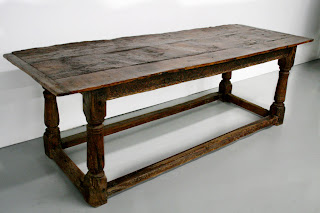 |
| A Medieval French Oak Refectory Table Circa 1600 originally from a monastery. Available from, www.sjaealexandre.com |
These large tables varied in style throughout the world and although they are now predominantly used as family or dining tables originally a great deal of them were built for a specific purpose such as harvesting, dairies, vineyards etc.. Most were made provincially from local wood and made by local carpenters and were designed more for the practicality than the aesthetics.
In the Victorian period and towards the early 20th century a large pine kitchen table was to be found in almost every home rich or poor in the UK and for the working class family this would be the food preparation table as well as the dinner table, in larger wealthier households this would be where the cook would prepare meals and the staff would eat. The term “Farmhouse table” was derived from the fact that farm households were usually very large and need a big hard wearing table that could be scrubbed clean regularly after feeding farm workers. In France and the rest of Europe this was similar except tables were again made with local easily sourced wood such as, birch, cherry and various other fruit woods.
Many of the European hardwood tables have survived over the years and some of the better quality and more looked after examples have gained the most wonderful patinas through years of polishing. The large English pine tables although still reasonably plentiful due to the vast numbers made, haven’t fared quite so well due to the softness of the wooden legs that have sat absorbing the water from a freshly scrubbed stone floor for many years and also the recent trend for shortening the legs to make them Coffee Table height !!
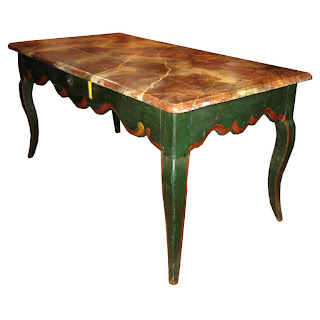 |
| A French 19th century provincial painted faux marble topped table available from, www.lespierreinc.com |
Large kitchen tables are always popular pieces of furniture and good antique ones aren't always easy to find or within ones budget. There are some good reproduction farmhouse tables out there for a few hundred dollars, these can be bought finished or “In the white” meaning its up to you to decide how to finish it, whether waxed or oiled these age fairly quickly if the tables used often, another way of making your table unique is to maybe add a few coats of paint to the legs and frame then just let it wear away.




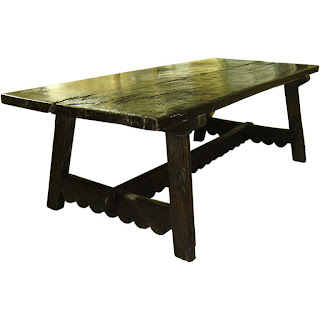
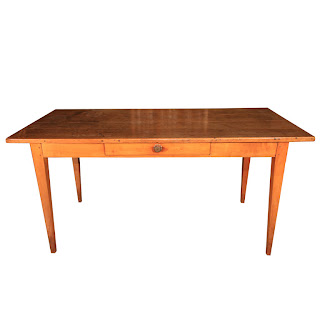



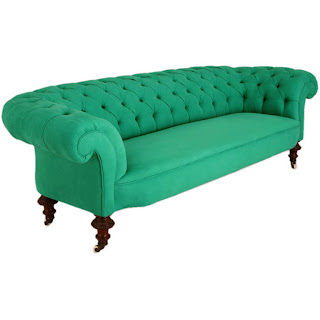
Comments
Post a Comment